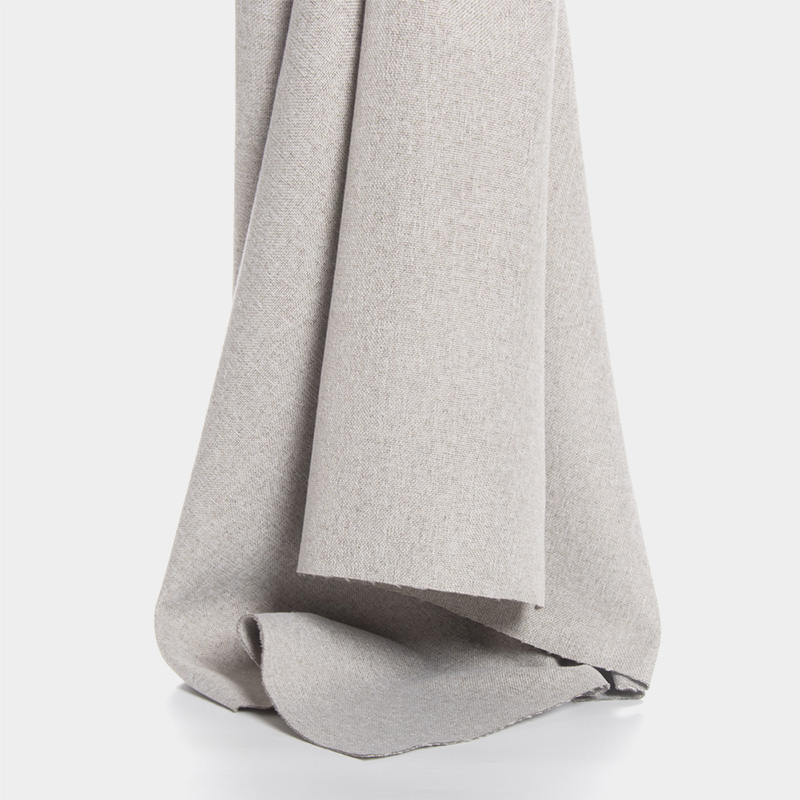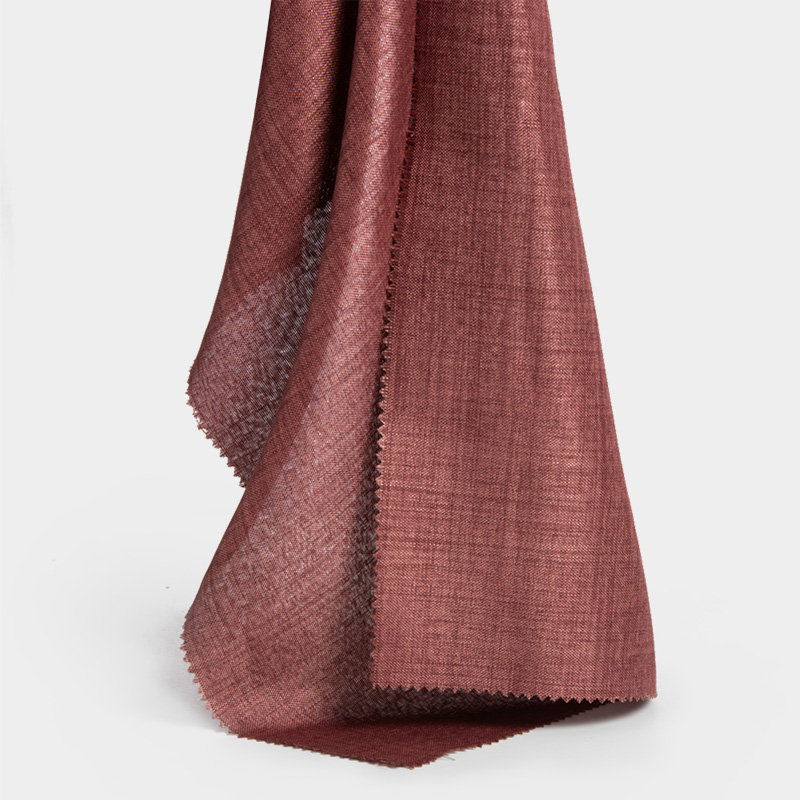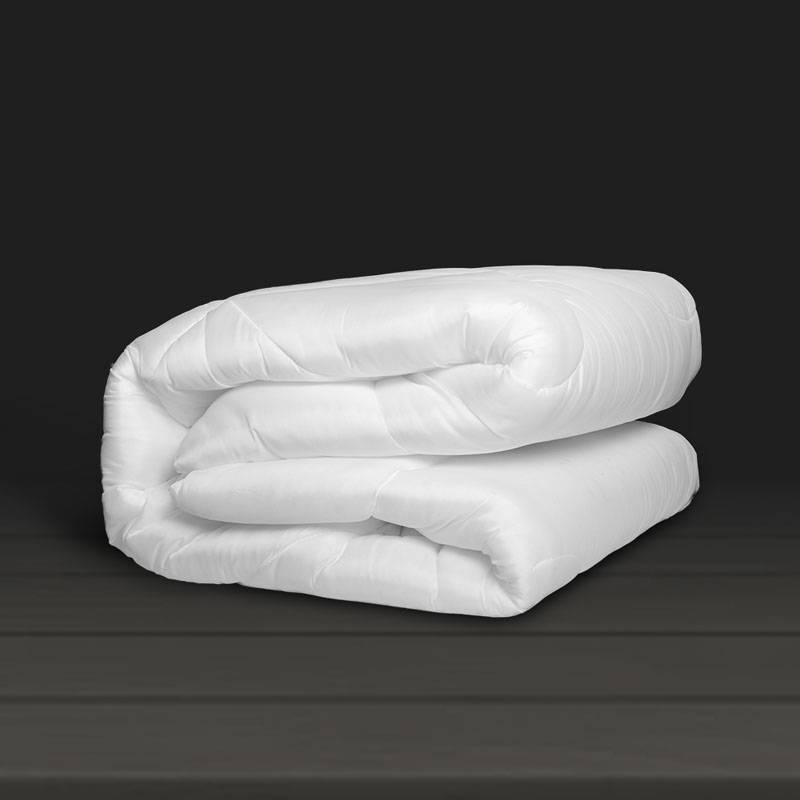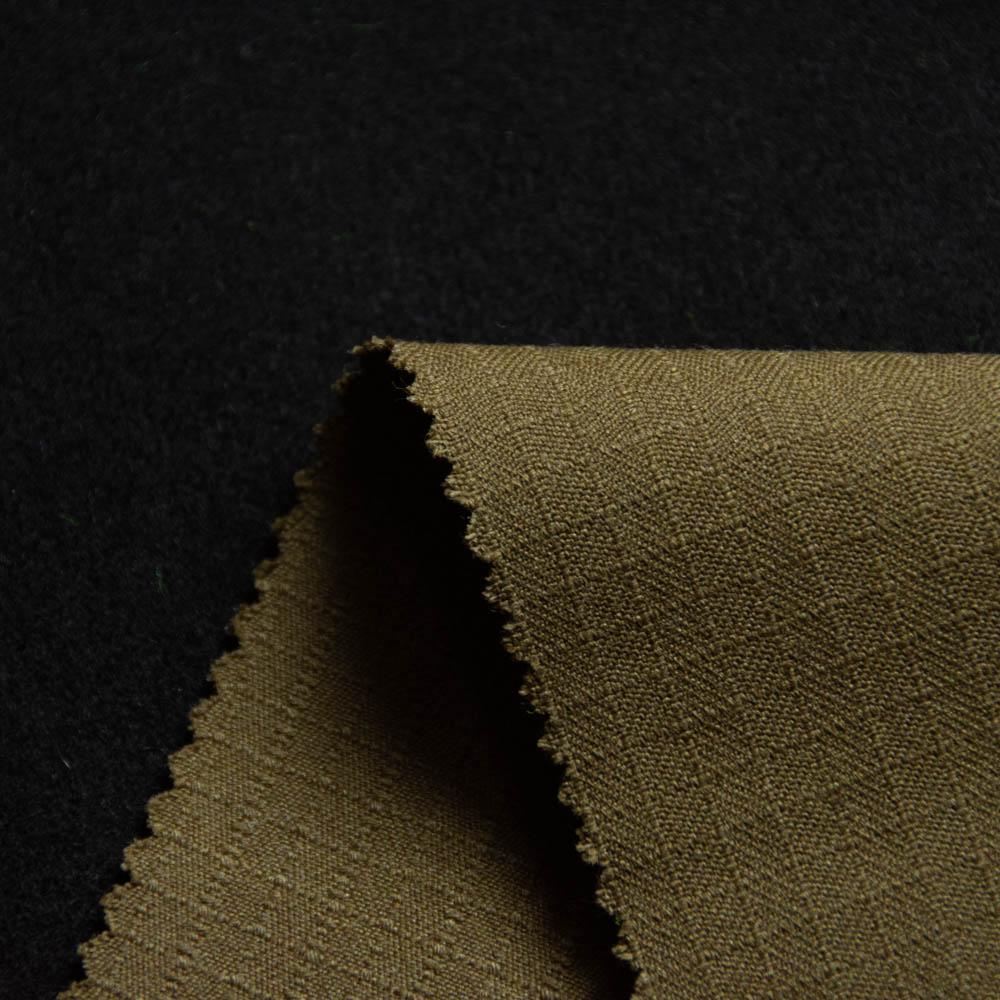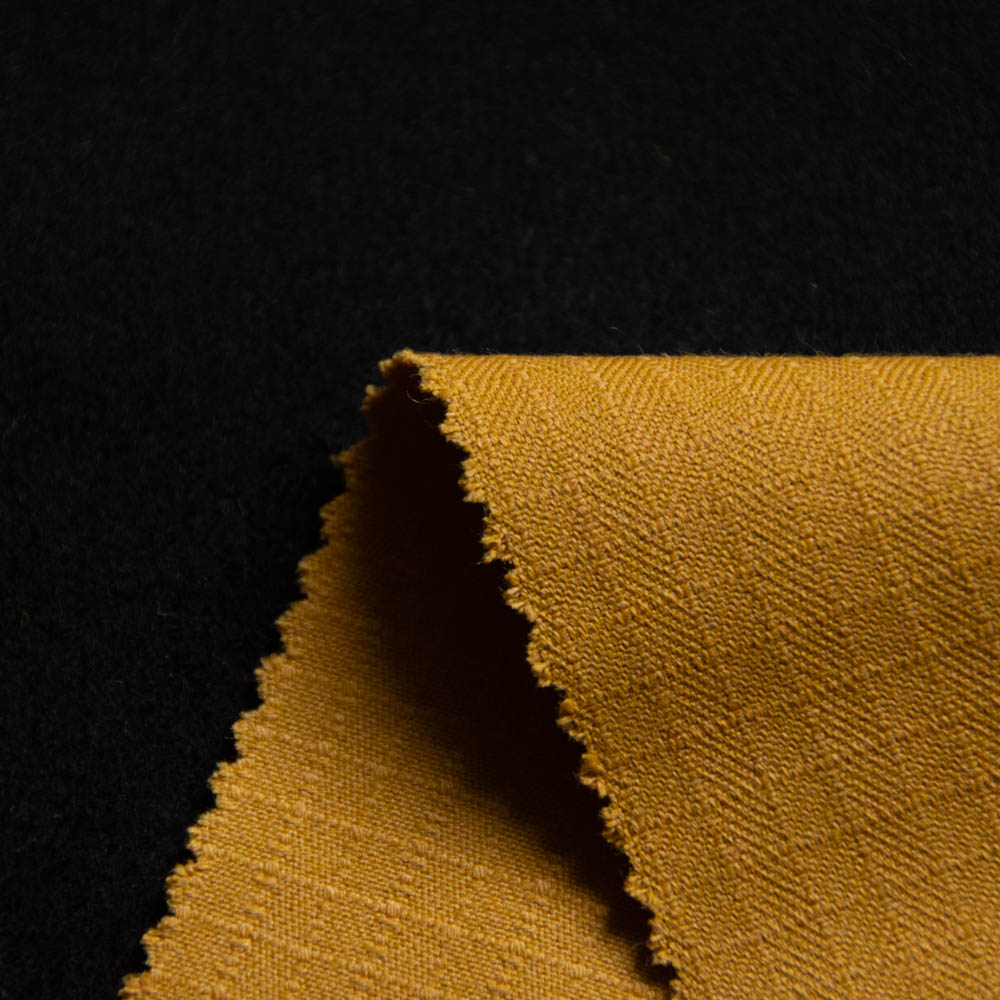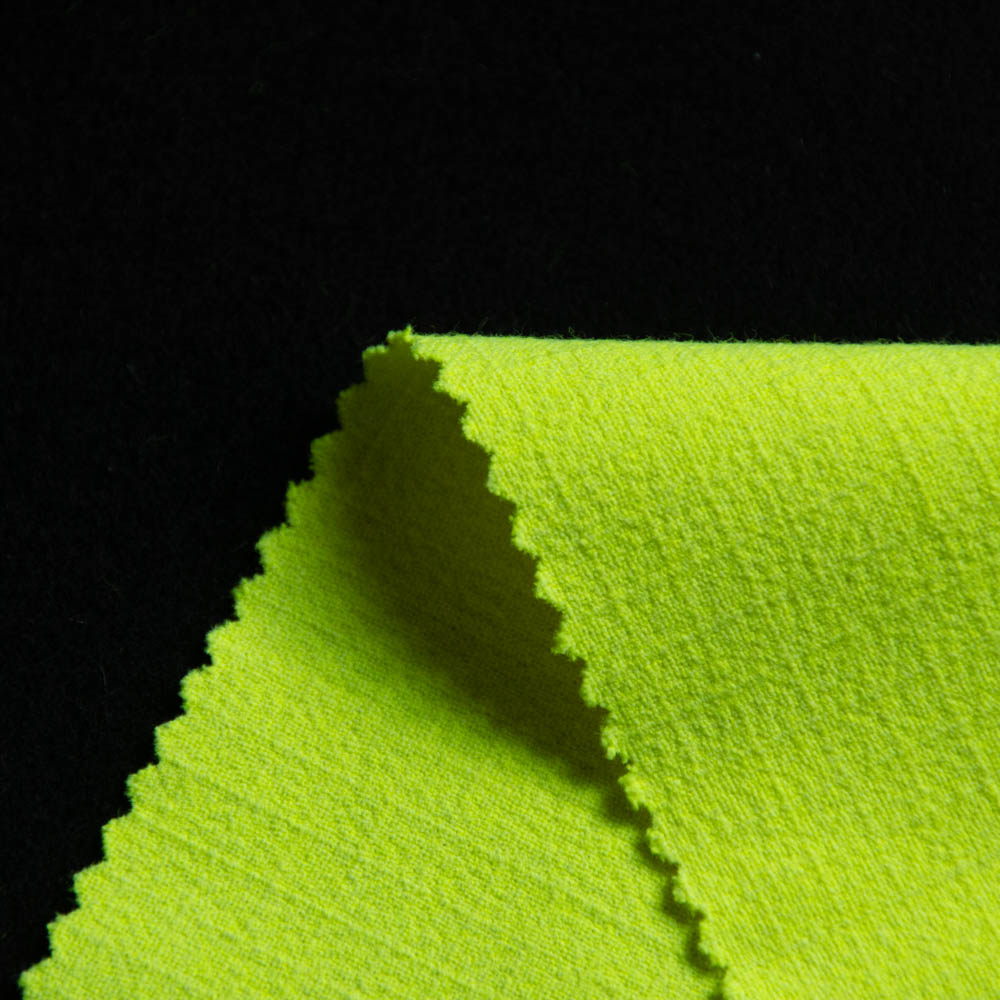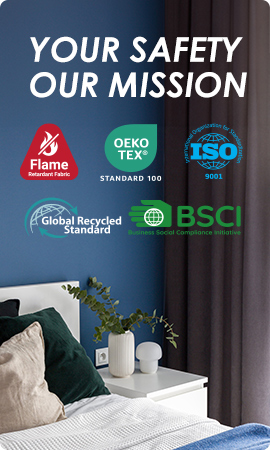Understanding Flame Retardant Fabrics and Flame Retardant Safety Standards
Introduction to Flame Retardant Fabrics
What is Flame Retardant Fabric?
Flame retardant fabric is a type of material with flame retardant properties can be obtained by some physical or chemical methods so that the flammability of the material is reduced and the expansion speed of flames are delayed. Research on flame retardant technology does not stop and continuous development and application of a number of flame retardants, including silicates, halogenated compounds, phosphorus compounds, etc., has extended academic interests toward longer-term sustainable R&D efforts will seek to diminishenvironmental impact and toxicity while expanding multi-functionality to satisfy society either side demand for fortification and environmental sustainability.
How to Distinguish Flame Retardant Fabrics?
Flame retardant fabrics can be distinguished according to different dimensions.
Processing method
Flame retardant fabrics can be either Inherent Flame Retardant(IFR) fabrics or Post-processed Flame Retardant fabrics. Inherent flame retardant fabric, also known as Permanent Flame Retardant(PFR) fabric, is woven from flame-retardant fibers. The post-processed flame retardant fabric is produced through coating and flame retardant treatment.
Washability
It can be divided into disposable flame-retardant fabrics, semi-washable flame-retardant fabrics (maintaining flame retardancy after 50 washes), washable flame-retardant fabrics (maintaining flame retardancy after 50 washes), and permanent flame-retardant fabrics.
Component
Flame retardant fabrics can be classified into aramid flame retardant fabrics, flame retardant cotton fabric, flame retardant pvc fabric, flame retardant nyloon fabric and polyester flame retardant fabric based on their different component contents.
Functionality
Finally, according to different functionalities, there are anti-static, acid alkali-resistant, and oil-resistant flame retardant fabrics, and so on. Flame retardant reflective fabric and flame retardant fabric cap for welders are suitable for hazardous working environments, and flame retardant innerliner fabric can be applied to home clothing.
Where Can Flame-retardant Fabrics be Applied?
Flame retardant fabric is used in many sectors including residential, commercial and industrial. They are mostly used with curtains, upholstery, pajamas, and work items. Different applications require fabrics that can perform to different levels and must meet diverse safety regulations in order to protect users in everyday situations. For example, flame retardant reflective fabric and flame retardant fabric cap for welders are suitable for hazardous working environments, and flame retardant innerliner fabric can be applied to home clothing.
How Flame Retardant Fabrics Be Produced?
There are two main manufacturing methods for flame-retardant fibers: improving the thermal stability of fibrous polymers and fiber modification.
Enhancing fiber-reinforced polymers’ thermal stability could raise the thermal cracking temperature, reduce the flammable gas generation, and make flame resistant fibers. Fiber modification can be done by employing copolymerization, blending and fiber post-treatment methods. Fiber modification methods include copolymerization, blending and fiber post-treatment. In addition,flame retardant chemicals for fabric are fixed to fibers or fabrics in the form of chemical bonds, making it more difficult for them to leach out of processed materials, thereby improving their durability and functional fat content (waterproof, antibacterial, anti-static).

Comprehensive Guide to Flame Retardant Safety Standards
NFPA 701, CA117, CFR 1615 and CA TITLE 19
NFPA 701 is a fire testing standard for textiles and film materials developed by the American Fire Protection Association, primarily testing the combustion characteristics of materials when exposed to flames. At the same time, the US federal regulations provide a fire performance testing standard for children’s pajamas: CFR 1615.
In addition, California has established the flammability testing standard CA117 for furniture and filling materials, and uses CA TITLE 19 to regulate the fire performance of fabrics, curtains, and other decorative materials used inside buildings.
CAN / ULC-S109-14
In Canada, CAN / ULC-S109-14 provided by the Canadian Standard Association(CSA) is used to evaluate the reaction of materials when exposed to flames, and this standard must be followed within Canada.
DIN 54342
DIN 54342 is a standard used by the German Institute for Standardization to test the flame retardancy of textiles, evaluate the fire resistance and flame propagation speed of materials.
NF-P92-503-M1
NF-P92-503-M1 is a French test for electric burners made of flexible materials with a thickness not exceeding 5mm. M1 level indicates that the material is difficult to ignite and is commonly used as decorative materials in public places.
EN 13501-1
EN 13501-1 is a fire protection classification for European building products, including home decoration. This standard provides a fire classification method for building products, which helps designers, manufacturers, and regulatory agencies consider their fire performance when selecting and using products. The classification criteria include product fire resistance time, heat release rate, smoke density, and other parameters.
JIS L 1091
JIS L 1091 is the Japanese standard, which needs to pretreat the sample: first, it must be cleaned or dry cleaned 5 times, then adjusted in the oven, then put into the dryer, and then conduct the actual test.
Importance of Compliance with Safety Standards
Role in Ensuring Safety
Flame retardant safety standards are especially important for minimizing the risk of fire hazards in various use cases. These standards serve to protect consumers but also provide a guideline for manufacturers making safe products that will ensure the safety of their users. The rapid pace of innovation and changing safety requirements require that safety criteria are constantly developed, iterated and evaluated.
Influence on Manufacturing Practices
Flame retardant safety standards dictate how textile manufacturing will take place across the spectrum of industry. Regulations lay out the specifications manufacturers need to perform and meet with extensive testing and quality control processes. Therefore, companies that focus on compliance create a culture of safety and accountability in the workplace along with goodwill in the highly competitive market.

BEGOODTEX: A Leader in Flame Retardant Fabrics
Overview of BEGOODTEX Products
BEGOODTEX is a high-quality flame retardant fabrics manufacturer with certification of different safety standards. We have a fairly extensive range of products: curtains, clothing, and home textile aiming to consumer or commercial purposes. In addition, BEGOODTEX produces each kind of fabric based on a long-lasting and safe approach focusing on innovation with quality.
Advantages of Using BEGOODTEX Fabrics
BEGOODTEX flame retardant fabric ensures good safety performance and is not affected by washing or friction. At the same time, naturally degradable natural fibers are also used, which meets the requirements of environmental protection. In addition, while retaining the water-absorbing and breathable properties of natural fibers, it also provides a comfortable and soft touch as well as beautiful color expression. Various rich additional functions can further meet different usage needs.
If you want to learn more about our products and information, please feel free to contact us at any time!


